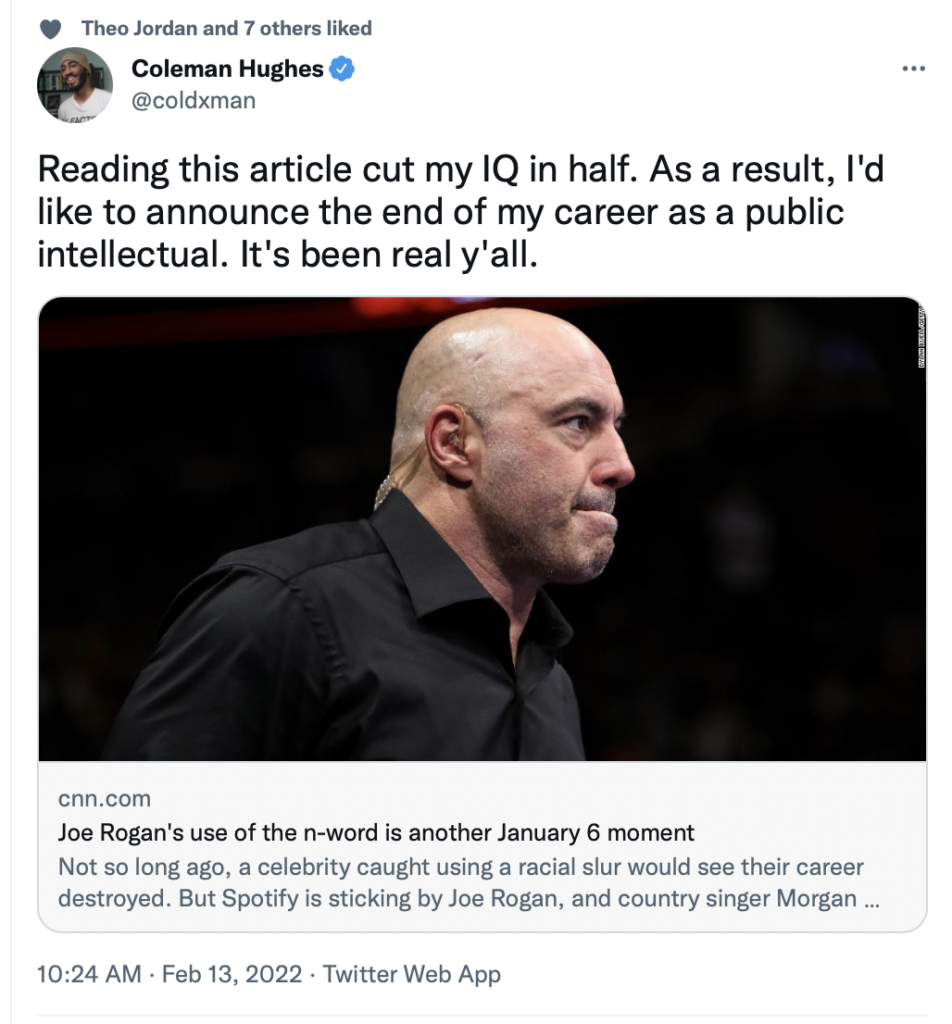How to Be a Human Animal, Chapter 25: Five Things Everybody Wants
Here is another chapter in this series of how to be a human animal. This is Chapter 25, which is a nice time to stop and invite a guest, so to speak. I want to feature musician Daryl Davis, who is one of my heroes. You'll find a more detailed version of his story here. A few days ago, Daryl appeared on Joe Rogan's show. Here is an excerpt from the conversation, where Daryl lists five things every human being seeks, no matter who they are and no matter what they look like:

Joe Rogan:Daryl Davis is now a member of the board of the Foundation Against Tolerance and Racism.You're a brilliant musician. And you have personally converted a number -- more than 200 -- Ku Klux Klan members, Neo Nazis. I mean, we talked about these guys giving you their their clan outfits and retiring because they met you. And just because you had reasonable conversations and made them realize how stupid these ideologies are that they had somehow or another been captivated by,
Daryl Davis:
I mean, at the end of the day, you know, a missed opportunity for dialogue is a missed opportunity for conflict resolution. It's as simple as that. But it's not just having a dialogue or a conversation or debate. It's the way that we communicate that makes it effective. For example, I've been to 61 countries on six continents I've played in all 50 states. All that is to say that I've been exposed to a multitude of skin colors, ethnicities, religions, cultures, ideologies, etc. And all of that has shaped who I've become.
Now, all that travel does not make me a better human being than somebody else. It just gives me a better
perspective of the mass of humanity. And what I've learned is that no matter how far I've gone from our own country, right next door to Canada or Mexico, or halfway around the globe, no matter how different the people I encounter may be--they don't look like me, they don't speak my language, they don't worship as I do, or whatever. I always conclude, at the end of the day, that we all are human beings. And as such, we all want the same five core values in our lives. Everybody wants to be loved. Everybody wants to be respected. Everybody wants to be heard. We all want to be treated fairly. And we all basically want the same things for our family as anybody else wants for their family.
And if we learn to apply those five core values, when we find ourselves in an adversarial situation, or a culture or society in which we're unfamiliar, I can guarantee you that the navigation will be a lot more smoother.



